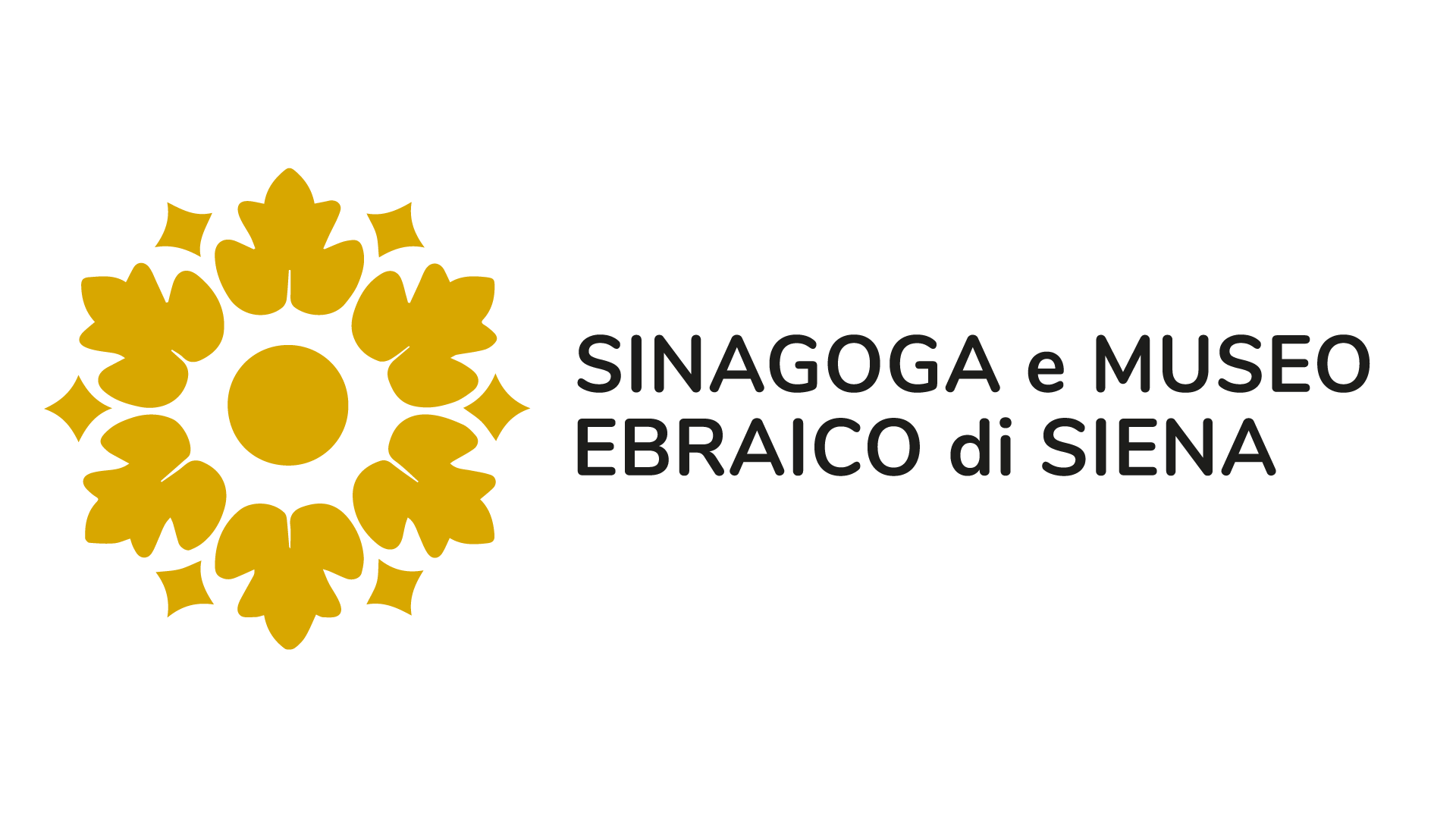Didactic activities Siena
Didactics
Museum educational activities
Siena Museum
Didactics
Didactic activities Siena
The Jewish community’s presence in Siena is closely linked to the area where the Ghetto once stood, a short distance from Piazza del Campo, and which still houses the Jewish Synagogue and Museum today.
Established by Cosimo I de’ Medici in 1571, the Ghetto remained in use until 1859, forming a fully-fledged city within the city in which Jewish daily life was played out over hundreds of years.
The presence of ancient charitable confraternities and rabbinical schools, which were active up until the 19th century, ensured that Siena’s Jewish community was especially vibrant in the cultural sphere and was able to make a significant contribution to the city’s economic and cultural growth.
A large part of the area was restructured in 1935 but certain sections such as the Temple, the Ghetto Fountain and the Jewish Cemetery have been preserved and are still recognisable today.
The Synagogue of Siena, currently the product of a major project involving the extension and renovation of its original premises by Florentine architect Giuseppe del Rosso, first opened its doors in May 1786. Situated in Vicolo delle Scotte, it is used by the local Jewish community for religious services to this day.
Its simple facade and, in total contrast, its elegant and richly adorned interior are typical features of synagogues built before the Emancipation. Devoid of all distinguishing features on the outside, they are invariably sumptuously decorated on the inside.
The interior of the Synagogue, in the Neoclassical style with Rococo elements, hosts rows of benches down the sides, while the lectern in the centre, made in 1756, is enriched with nine 18th century ten-armed candelabra. On the wall behind the podium, three arches house windows in the Neoclassical style.
The mechitza, a balcony enclosed by a wooden latticework grate, overlooks the Torah Ark adorned with marble columns and capped by a curvilinear pediment,
The Tables of the Law in white and blue-painted stucco grace the centre of the ceiling.
The Synagogue hosts items of immense value, including an Elijah’s Chair, or circumcision chair, in carved and inlaid wood donated by Rabbi Nissim in 1860.
projects and pathwasy
THE JEWISH HERITAGE
EXPLAINED TO STUDENT
We offer workshops, special projects, itineraries and guided tours aimed at pupils of all types and levels of schools.
Our educational activities are designed to stimulate a knowledge of Jewish history, traditions and culture and to ensure that Jewish cultural history is seen as an integral part of the city’s history.
In all our activities we adopt the style and method considered most appropriate for the age group and school curriculum of the students involved, in an effort to ensure that our historical, artistic and cultural heritage is accessible to all.
School groups:
guided tour: 3 euro
(minimum 18 students)
Educational workshop: 4,50 euro
(minimum 15 students)
- Offerta formativa 2020/2021
